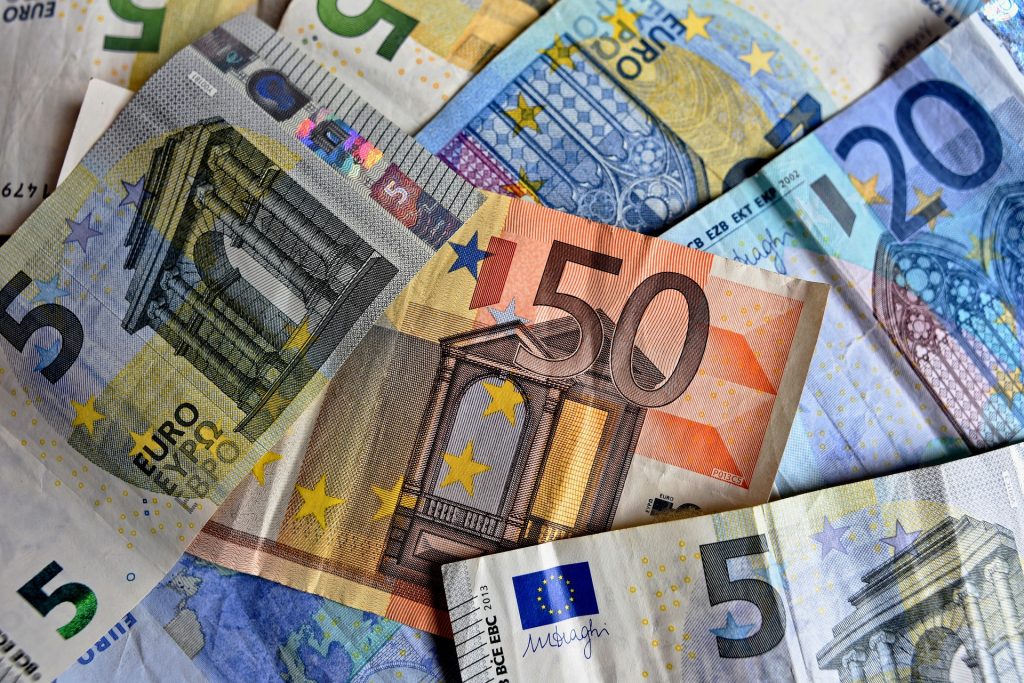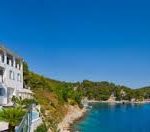One of those three acts concern the decision on the adoption of the euro by Croatia.
Also the amendment will be adopted to the provision whereby the 19-member euro area will welcome Croatia as its 20th member. Currently the euro area has more than 340 million inhabitants and is the second strongest economy globally. The euro zone accounts for 15% of the global GDP.
And, the third legal act concerns the fixing of the conversion rate of the kuna for the euro.
The outgoing minister Zdravko Marić will attend the Ecofin meeting in Brussels for the last time in his capacity as the Croatian minister of finance after he recently resigned from the government.
Deeper integration
Entering the euro area is one of the remaining two strategic goals for Croatia’s deeper integration in the European Union. The other goal is the country’s admission to the passport-free Schengen Area, and the decision to this effect is likely to be adopted in September.
As a result, Croatia is to complete its deeper integration into the EU in 2023, ten years after it joined the European Union.
Croatia’s fulfillment of all convergence criteria for euro area
On 16 June 2022, the Eurogroup endorsed the positive convergence assessment of Croatia, agreeing that Croatia has fulfilled all convergence criteria required to join the euro area, proposing that Croatia should introduce the euro on 1 January 2023.
The Eurogroup’s move ensued after on 1 June both the European Commission and the European Central Bank (ECB) issued the convergence reports informing the EU Council about the progress made by Member States towards achieving the criteria for joining the euro area.
One of the four criteria is price stability.
Furthermore, the aspirant is expected to have sound and sustainable public finances which means that the country should not be under the excessive deficit procedure.
Also, exchange-rate stability is one of the criteria and under this criterion the country has to participate in the Exchange Rate Mechanism (ERM II) for at least two years, without strong deviations from the ERM II central rate and without devaluing its currency’s bilateral central rate against the euro in the same period.
And finally, long-term interest rates are included in the criteria, which should not be higher than two percentage points above the rate of the three best-performing member states in terms of price stability.
In both reports on 1 June, Croatia received a very favourable assessment: not only did Croatia meet all the criteria, but the sustainability of its convergence has been assessed more favourably by the ECB than in its 2020 report and much more favourably than in its earlier reports.
The reports highlight that the Croatian legislation is compatible with the EU Treaties and the Statute of the European System of Central Banks and of the European Central Bank.
Croatia was assessed more closely than the other countries under review, given the fact that the Croatian authorities have announced their intention to adopt the euro as of 1 January 2023.
HNB enters Eurosystem, monetary authority of euro area
Croatia’s entry into the euro area also means that the Croatian National Bank (HNB) enters the Eurosystem, which comprises the European Central Bank (ECB) and the national central banks of the Member States whose currency is the euro.
The Eurosystem is the monetary authority of the euro area with its primary objective being the maintenance of price stability for the common good. Acting also as a leading financial authority, the Eurosystem aims to safeguard financial stability and promote European financial integration.
The ECB has the central role in the Eurosystem, and the main body of the ECB is its six-member Executive Board which consists of the President, the Vice-President and four other members. All members are appointed by the European Council, acting by a qualified majority.
The ECB Governing Council is the main decision-making body of the ECB. It consists of the six members of the Executive Board, plus the governors of the national central banks of the euro area countries.
Dual price display
In September, the four months prior to the switching to the euro, the obligation of dual price display both in national currency (kuna) and the euro goes into effect in Croatia.
The two-week period of dual circulation of both currencies will run as of 1 January.
Coins produced in Croatia
Euro banknotes are taken from the ECB, while euro coins will be produced in Croatia. Euro banknotes are identical in all the euro zone’s members, while the euro coins have national sides with national symbols.
There are eight euro coin denominations, ranging from one cent to two euros.
Concerning Croatia’s symbols, all coins will have the Croatian chequerboard in the
background.
The coin of 2 euro also includes Croatia’s map, the coin of 1 euro has the motif of marten, 10c, 20c and 50c coins have the motif of researcher Nikola Tesla, while 1c, 2c, and 5c coins have the HR letters written in the Glagolitic script.
Coins with the Croatian national side can start to be minted once the Council of the EU adopts a decision on the introduction of the euro in the Republic of Croatia.
(Hina) ms









